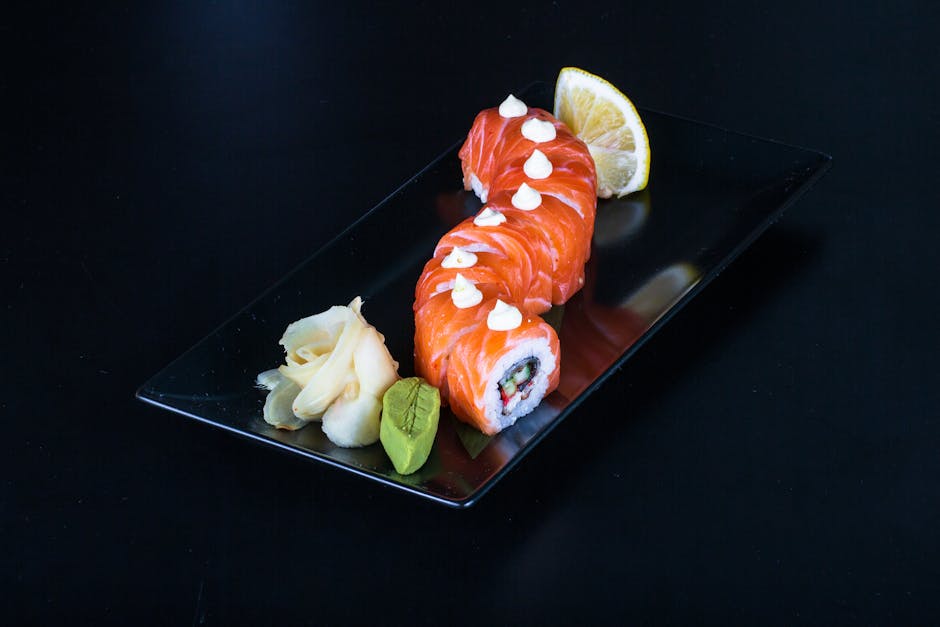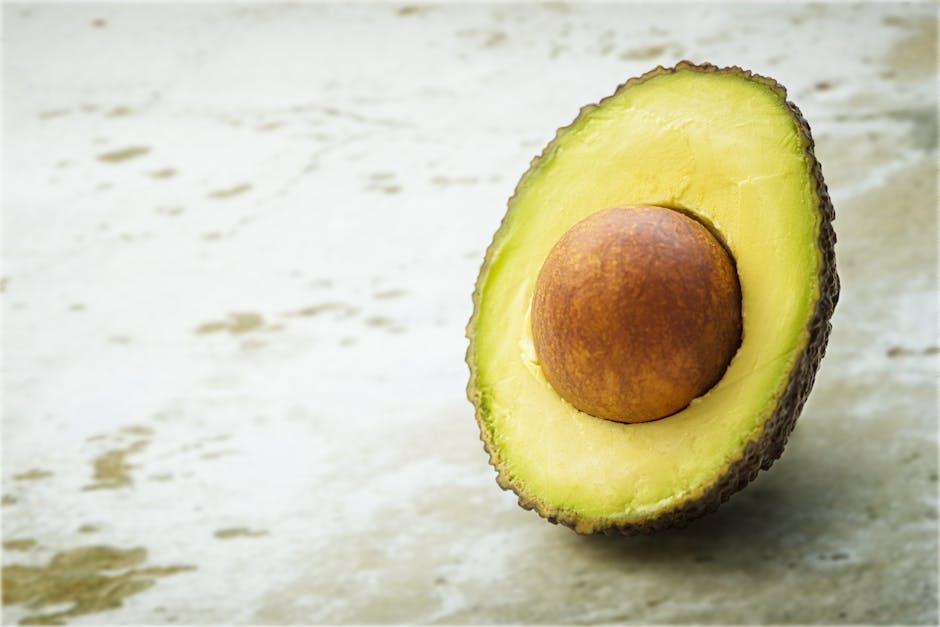Vegan & Vegetarian Japan: A Delicious Adventure (Navigating the Culinary Landscape)

Vegan & Vegetarian Japan: A Delicious Adventure (Navigating the Culinary Landscape)
Okay, friend, let's talk about Japan! It's a land of stunning temples, breathtaking landscapes, and…well, let's be honest, a cuisine heavily reliant on fish and meat. As a vegan (or even a vegetarian), the thought of tackling Japanese food can seem daunting. I get it! I was nervous too before my first trip. But trust me, it's entirely possible to have an incredible, fulfilling, and delicious culinary experience as a plant-based eater in Japan. It just takes a little planning and know-how. Think of this as your personal cheat sheet, packed with tips, tricks, and yummy recommendations to help you navigate the wonderful (and sometimes confusing) world of Japanese food.
Understanding the Challenges: Dashi, Fish Sauce, and Hidden Ingredients

First things first, let's acknowledge the elephant in the room: dashi. Dashi is a fundamental broth used in countless Japanese dishes. It's typically made from kombu (seaweed) and katsuobushi (dried bonito flakes). While some dashi is purely kombu-based (great news!), many restaurants use the bonito version. This means seemingly harmless dishes like miso soup, simmered vegetables, and even some tofu dishes might contain hidden fish products. It's not always obvious from the menu description.
Another challenge is the prevalence of fish sauce. Similar to dashi, it's used to add umami and depth to sauces, dressings, and marinades. Soy sauce, while usually vegan, can sometimes be mixed with fish sauce. And let's not forget the sneaky fish flakes sprinkled on top of dishes for added flavour – even seemingly veggie-friendly sides. Believe me, I've learned this the hard way (more than once!).
So, how do you combat these hidden ingredients? Communication is key! Learn a few basic Japanese phrases (or download a translation app) to help you inquire about ingredients. I found a simple phrase book incredibly useful on my first trip.
Essential Japanese Phrases for Vegan/Vegetarian Eaters

Here are a few phrases that will become your best friends:
- "Watashi wa beegan desu/bejitarian desu." (I am vegan/vegetarian.) This is your opening statement!
- "Niku wa tabemasen." (I don't eat meat.)
- "Sakana wa tabemasen." (I don't eat fish.)
- "Dashi ga haitte imasu ka?" (Does this contain dashi?) A crucial question!
- "Gyofuishosuu ga haitte imasu ka?" (Does this contain fish sauce?)
- "Tamago wa haitte imasu ka?" (Does this contain egg?)
- "Nyūseihin wa haitte imasu ka?" (Does this contain dairy?)
- "Kore wa beegan/bejitarian desu ka?" (Is this vegan/vegetarian?) A simple yes/no question.
- "O-niku/Osakana nashi de onegai shimasu." (Without meat/fish, please.) This is helpful for modifying existing dishes.
Don't be afraid to use gestures! Pointing to the ingredients you can eat can be very helpful. Most Japanese people are incredibly polite and willing to accommodate your dietary needs, even if there's a language barrier.
Vegan and Vegetarian Food in Japan: The Delicious Options

Now for the good stuff! Despite the potential challenges, Japan has a wealth of incredible vegan and vegetarian options. You just need to know where to look. Here are some of my favourites:
1. Shojin Ryori: Temple Cuisine
Shojin Ryori is traditional Buddhist cuisine, designed to be entirely plant-based. It's a beautiful, mindful way of eating that focuses on seasonal ingredients and simple preparation. Temples, especially those offering overnight stays (shukubo), often serve Shojin Ryori. It's not just a meal; it's an experience. I've had some of the most memorable meals of my life in Japanese temples, savouring the delicate flavours and the peaceful atmosphere. Expect dishes like tofu, simmered vegetables, rice, miso soup (be sure to ask about dashi!), and pickled vegetables. It's usually beautifully presented too!
2. Tofu Adventures: From Silken to Fried
Tofu is a staple in Japanese cuisine, and there are so many delicious ways to enjoy it. Forget everything you think you know about tofu! In Japan, it's an art form. Here are a few variations to look out for:
- Agedashi Tofu: Lightly fried tofu served in a dashi-based broth (again, check for fish!). You can often ask for it without dashi, or with a kombu-based broth.
- Hiyayakko: Cold silken tofu topped with soy sauce, ginger, and sometimes green onions. A simple and refreshing dish.
- Yudofu: Tofu simmered in hot water, served with various dipping sauces. This is a classic Kyoto specialty.
- Tofu Ice Cream: Yes, you read that right! Many places offer tofu ice cream, which is surprisingly creamy and delicious.
Don't be afraid to experiment! Tofu in Japan is a world away from the bland, rubbery stuff you might be used to.
3. Noodle Nirvana: Soba, Udon, and Ramen (with Adjustments)
Noodles are another Japanese staple. Soba (buckwheat noodles) and Udon (thick wheat noodles) can often be adapted to be vegan. Ramen is trickier, as the broth is often meat-based, but vegan ramen shops are becoming increasingly popular, especially in larger cities.
- Zaru Soba/Udon: Cold noodles served with a dipping sauce. Ask if the dipping sauce contains dashi.
- Kake Soba/Udon: Hot noodles in a broth. Again, check about the dashi.
- Vegetable Tempura Soba/Udon: Noodles topped with crispy vegetable tempura. A delicious and satisfying meal.
- Vegan Ramen: Seek out specialized vegan ramen shops. They use plant-based broths and toppings to create authentic and flavourful ramen experiences.
When ordering, be specific about your dietary needs. "Vegetable tempura soba, o-niku nashi, osakana nashi, dashi nashi de onegai shimasu" (Vegetable tempura soba, without meat, without fish, without dashi, please) is a mouthful, but it's worth it!
4. Vegetable Delights: Pickles, Salads, and More
Japanese cuisine features a wide variety of delicious vegetables. Tsukemono (pickled vegetables) are a common side dish and come in all sorts of flavours and textures. Salads, while not as common as in Western cuisine, are becoming more popular, especially in trendy cafes. Look for salads with tofu, seaweed, and interesting dressings (but check for fish sauce!). Simmered vegetables (nimono) are another great option, but, as always, inquire about the dashi.
5. Rice is Your Friend: Onigiri and Donburi
Rice is a staple food in Japan, and there are plenty of vegan-friendly rice-based dishes. Onigiri (rice balls) are a convenient and inexpensive snack. Look for fillings like umeboshi (pickled plum), kombu (seaweed), or vegetable mixes. Just be sure to double-check the label for any hidden fish ingredients, especially in pre-packaged options.
Donburi (rice bowls) can also be adapted to be vegan. A simple vegetable donburi with soy sauce and sesame oil is a quick and easy meal. You can also find restaurants that offer vegan versions of popular donburi dishes like oyakodon (chicken and egg rice bowl), using tofu or other plant-based alternatives.
6. Exploring Local Markets and Convenience Stores
Don't underestimate the power of local markets and convenience stores (konbini). Markets offer fresh produce, tofu, and other ingredients that you can use to prepare your own meals. Konbini are surprisingly vegan-friendly. Look for onigiri (check the ingredients!), edamame, fruit, and vegetable snacks. They're a lifesaver when you're on the go!
Tips for Finding Vegan and Vegetarian Restaurants

While communication is key, finding restaurants that cater specifically to vegan and vegetarian diners can save you a lot of time and effort. Here are a few resources:
- HappyCow: This website and app are invaluable for finding vegan and vegetarian restaurants around the world.
- Vegewel: A Japanese website and app (available in English) that lists vegan and vegetarian restaurants in Japan.
- Google Maps: Search for "vegan restaurant" or "vegetarian restaurant" in the area you're visiting.
- Word of Mouth: Ask other vegan and vegetarian travellers for recommendations. Online forums and social media groups are great resources.
Don't be afraid to venture off the beaten path! Some of the best vegan and vegetarian restaurants are hidden gems, waiting to be discovered.
Embrace the Adventure and Enjoy the Culinary Journey

Eating vegan or vegetarian in Japan requires a bit more planning and effort, but it's absolutely worth it. The experience of navigating the culinary landscape, learning new phrases, and discovering hidden gems is part of the adventure. Don't be afraid to make mistakes, ask questions, and experiment with new flavours. The Japanese people are incredibly kind and helpful, and they'll do their best to accommodate your dietary needs. So, pack your bags, learn a few key phrases, and get ready for a delicious and unforgettable culinary journey!
Remember, the most important thing is to be respectful, communicative, and open to new experiences. With a little preparation and a sense of adventure, you can enjoy the incredible flavours of Japan, even as a vegan or vegetarian. Happy travels, and bon appétit (or should I say, "itadakimasu!")
Post a Comment